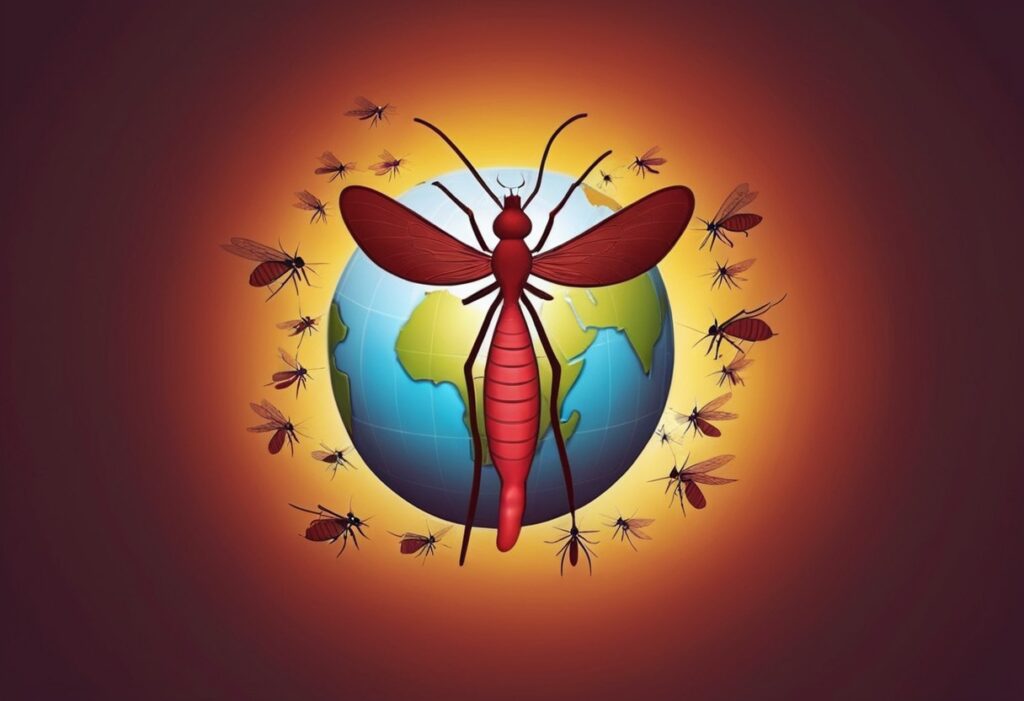
World Malaria Day, observed on April 25th each year, serves as a crucial reminder of the ongoing battle against one of the world’s oldest and deadliest diseases. Established by the World Health Organization (WHO) in 2007, this day aims to raise awareness about malaria’s impact, highlight progress made in prevention and treatment, and mobilize global efforts to combat this preventable and treatable disease. Malaria, caused by the Plasmodium parasite and transmitted through the bite of infected female Anopheles mosquitoes, continues to pose a significant public health challenge, particularly in tropical and subtropical regions. Sub-Saharan Africa bears the highest burden of malaria cases and deaths, with young children and pregnant women being the most vulnerable.
Efforts to control malaria have seen notable achievements in recent years. Increased access to insecticide-treated bed nets, indoor residual spraying, rapid diagnostic tests, and effective antimalarial medicines have contributed to a significant reduction in malaria cases and deaths worldwide. Global initiatives such as the Roll Back Malaria Partnership and the President’s Malaria Initiative have played pivotal roles in coordinating efforts, mobilizing resources, and fostering collaboration among stakeholders. However, despite these advancements, malaria remains a formidable foe, particularly in the face of challenges such as drug resistance, insecticide resistance, climate change, and weak health systems in endemic countries. The COVID-19 pandemic has also posed additional challenges by disrupting essential malaria prevention and control activities.
On World Malaria Day, various stakeholders, including governments, international organizations, non-governmental organizations, researchers, and communities, come together to renew their commitment to malaria control and elimination. They engage in activities such as awareness campaigns, community outreach programs, educational events, and advocacy efforts to mobilize support and resources for malaria prevention, diagnosis, treatment, and research. Looking ahead, sustaining and accelerating progress against malaria will require sustained political commitment, increased investments in research and development, strengthened health systems, and continued collaboration among all stakeholders. By working together with determination and dedication, we can move closer to achieving the ultimate goal of a malaria-free world, where no one suffers or dies from this preventable and treatable disease.
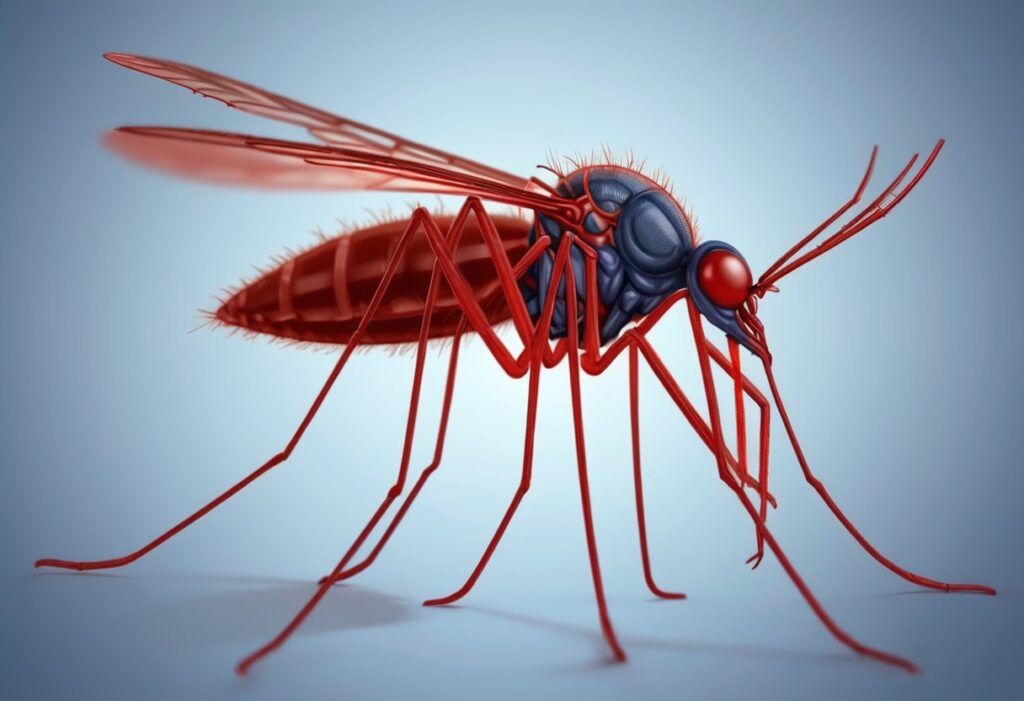
World Malaria Day 2024
World Malaria Day, observed annually on April 25th, stands as a global reminder of the ongoing battle against one of humanity’s oldest and deadliest foes. Established by the World Health Organization (WHO) in 2007, this day serves to raise awareness, highlight progress, and mobilize action against malaria—a preventable and treatable disease that continues to afflict millions worldwide.
The Burden of Malaria
Malaria, caused by Plasmodium parasites transmitted through the bite of infected Anopheles mosquitoes, remains a major public health concern, particularly in tropical and subtropical regions. The disease’s burden is most pronounced in sub-Saharan Africa, where young children and pregnant women face the greatest risk of infection and death. Malaria’s toll extends beyond health, impacting economic development, education, and social stability in endemic areas.
Historical Context
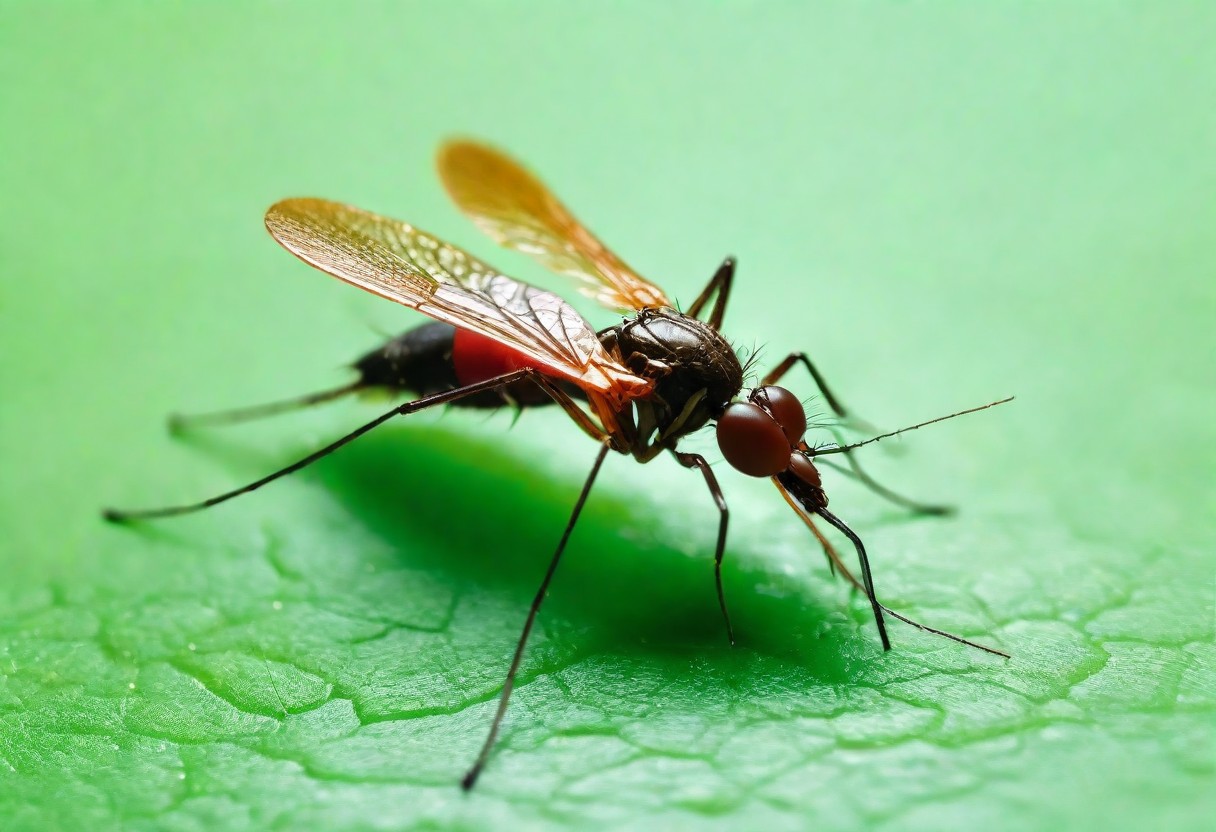
The fight against malaria is not new. Throughout history, communities and civilizations have grappled with the disease’s devastating impact. From ancient texts describing its symptoms to modern scientific breakthroughs, the battle against malaria has been marked by both progress and setbacks. The discovery of the parasite’s life cycle by Sir Ronald Ross in 1897 paved the way for targeted interventions, while the development of antimalarial drugs and insecticides revolutionized treatment and prevention efforts in the 20th century.
Progress and Achievements
Despite persistent challenges, significant progress has been made in reducing the malaria burden globally. The widespread distribution of insecticide-treated bed nets, indoor residual spraying, and rapid diagnostic tests has led to a substantial decline in malaria cases and deaths in many endemic countries. International partnerships such as the Roll Back Malaria Partnership and the Global Fund to Fight AIDS, Tuberculosis, and Malaria have played instrumental roles in coordinating efforts, mobilizing resources, and scaling up interventions.
Innovations in Prevention and Treatment
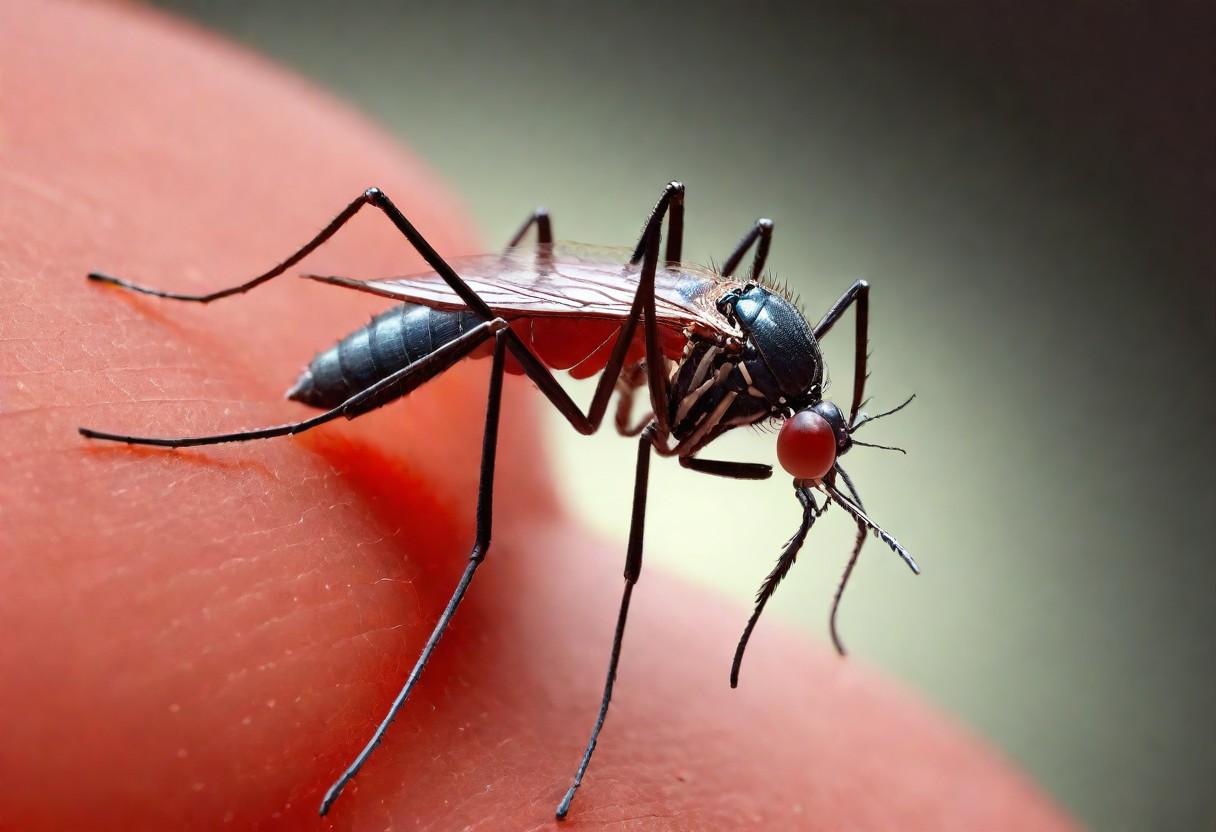
Innovation continues to drive advancements in malaria prevention and treatment. New tools such as long-lasting insecticidal nets, next-generation insecticides, and innovative diagnostic technologies offer promising solutions for malaria control. Additionally, the development of novel antimalarial drugs, including artemisinin-based combination therapies, has improved treatment outcomes and contributed to reducing malaria-related mortality.
Challenges and Remaining Hurdles
Despite progress, many challenges remain in the fight against malaria. Drug resistance, insecticide resistance, and the emergence of new parasite strains threaten to undermine treatment efficacy and control efforts. Furthermore, climate change, population movement, and weak health systems pose additional obstacles to malaria elimination. The COVID-19 pandemic has further exacerbated these challenges, disrupting essential malaria services and diverting resources away from malaria control efforts.
Equity and Access
Achieving malaria elimination requires addressing underlying inequities in access to essential health services and resources. Vulnerable populations, including marginalized communities, refugees, and migrants, often face barriers to accessing malaria prevention, diagnosis, and treatment. Strengthening health systems, expanding access to quality healthcare, and promoting community engagement are essential for ensuring equitable access to malaria interventions.
The Role of Research and Innovation
Research and innovation are critical drivers of progress in the fight against malaria. Investments in basic science, translational research, and operational research are essential for developing new tools, strategies, and approaches for malaria control and elimination. Collaborative efforts between academia, industry, governments, and civil society are necessary to accelerate the pace of innovation and translate scientific discoveries into tangible impact on the ground.
Global Partnerships and Collaboration
Addressing the complex challenges of malaria requires a coordinated, multi-sectoral approach. Global partnerships, including the RBM Partnership to End Malaria, the World Health Organization, and the Global Fund, play central roles in mobilizing political commitment, resources, and expertise for malaria control and elimination. Collaboration between governments, non-governmental organizations, research institutions, and the private sector is essential for harnessing collective action and maximizing impact.
Community Engagement and Empowerment
Communities play a pivotal role in malaria control efforts. Engaging communities, empowering local leaders, and fostering ownership of malaria prevention and treatment initiatives are key strategies for achieving sustainable impact. Community health workers, trained volunteers, and peer educators serve as valuable resources for delivering malaria interventions, promoting behavior change, and fostering community resilience against the disease.
The Way Forward: Towards Malaria Elimination
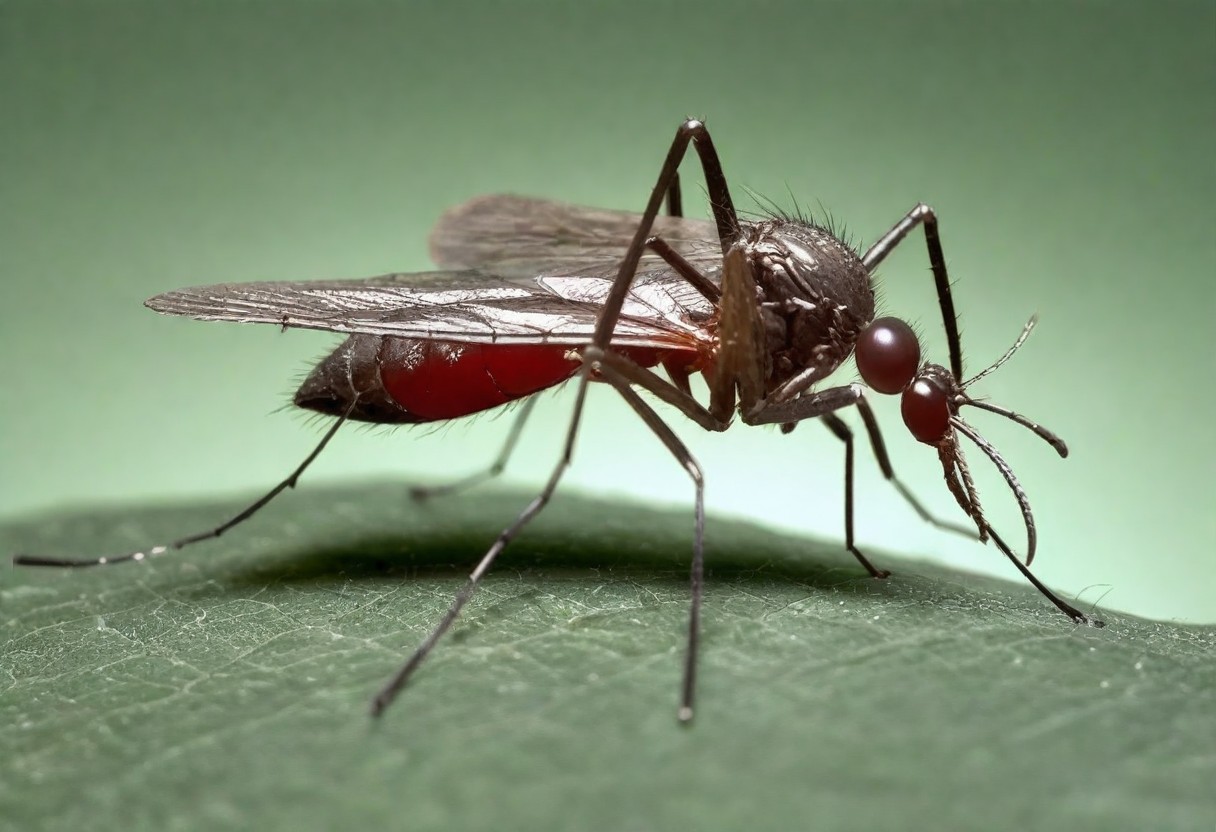
As we commemorate World Malaria Day, it is imperative to reflect on past achievements, acknowledge remaining challenges, and reaffirm our commitment to malaria elimination. Sustained political commitment, increased investments in research and innovation, and strengthened health systems are essential for accelerating progress towards this goal. Prioritizing equity, community engagement, and multisectoral collaboration will be critical for reaching the most vulnerable populations and closing the gap in malaria control efforts.
Sustaining Momentum
Sustaining the momentum in the fight against malaria requires continuous investment and commitment from all stakeholders. Governments must prioritize malaria control and elimination within their national health agendas, allocating sufficient funding, resources, and infrastructure to support comprehensive malaria programs. International donors and development partners play a crucial role in providing financial assistance, technical expertise, and strategic guidance to endemic countries.
Innovative Financing Mechanisms
Innovative financing mechanisms, such as malaria bonds, social impact bonds, and public-private partnerships, offer opportunities to mobilize additional resources and attract private sector investment in malaria control efforts. These mechanisms not only diversify funding sources but also incentivize accountability, transparency, and results-based financing, driving greater efficiency and impact in malaria programs.
Harnessing Digital Technologies
Digital technologies have the potential to revolutionize malaria surveillance, monitoring, and response efforts. Mobile health (mHealth) applications, geographic information systems (GIS), and remote sensing technologies enable real-time data collection, analysis, and decision-making, facilitating more targeted and effective malaria interventions. Strengthening digital health infrastructure and capacity-building efforts are essential for maximizing the impact of digital technologies in malaria control.
Climate Change Adaptation
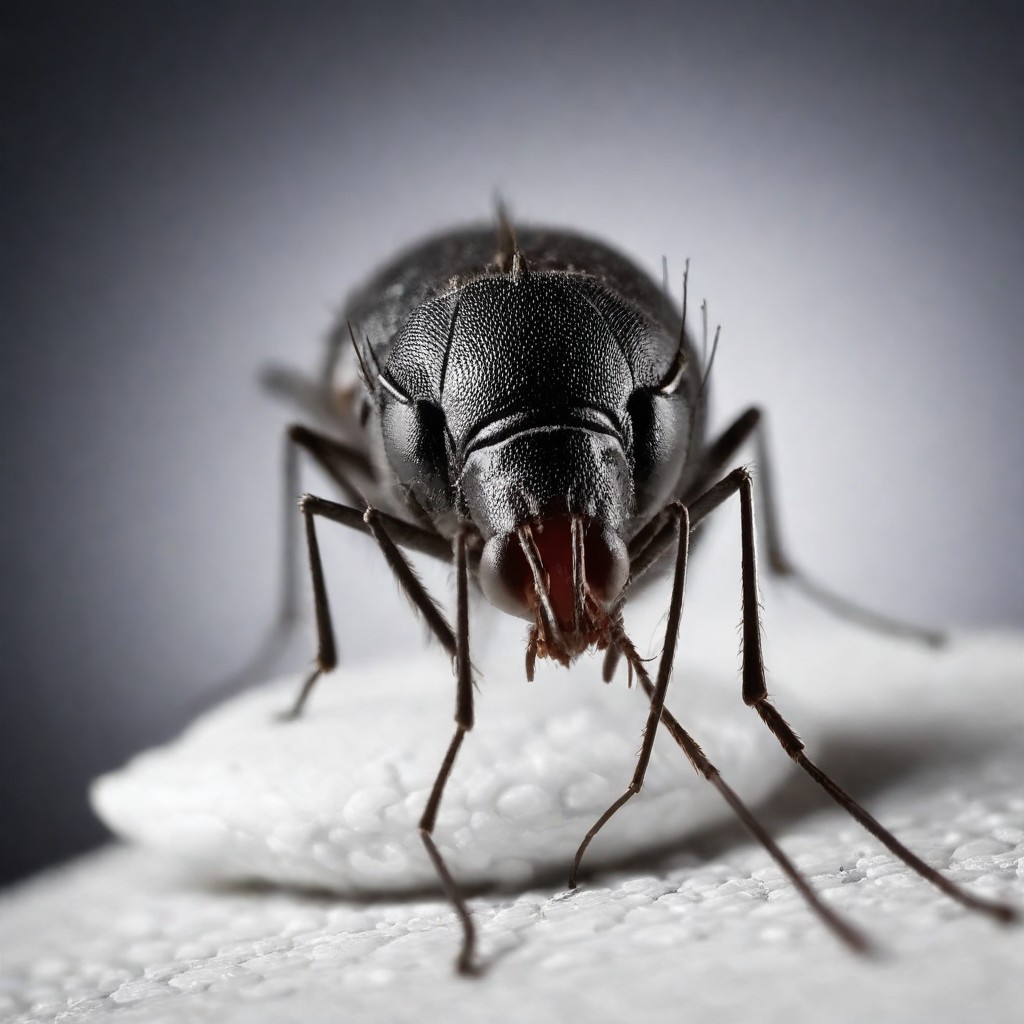
Climate change poses a significant threat to malaria control efforts, altering the distribution and transmission dynamics of malaria vectors and parasites. Adaptation strategies, such as vector control interventions, early warning systems, and resilient health systems, are needed to mitigate the impact of climate change on malaria transmission and prevent resurgence in areas where malaria has been successfully controlled.
Cross-Sectoral Collaboration
Achieving malaria elimination requires collaboration across sectors beyond health, including agriculture, education, environment, and infrastructure. Addressing underlying social determinants of health, such as poverty, inequality, and access to clean water and sanitation, is essential for reducing malaria transmission and building community resilience. Integrated approaches that leverage the expertise and resources of multiple sectors can amplify the impact of malaria interventions and contribute to sustainable development outcomes.
Empowering Women and Girls
Empowering women and girls is central to malaria control efforts, as they often bear the greatest burden of malaria caregiving responsibilities and face unique vulnerabilities to infection. Investing in women’s education, economic empowerment, and access to reproductive health services can improve household health outcomes, enhance community resilience, and contribute to malaria prevention and control efforts.
Education and Behavior Change
Education and behavior change communication play critical roles in promoting malaria prevention practices, fostering community engagement, and dispelling myths and misconceptions about the disease. Targeted health education campaigns, school-based interventions, and community outreach activities can increase awareness of malaria risks, encourage uptake of preventive measures, and promote early diagnosis and treatment-seeking behavior.
Adaptive Management and Learning
Adaptive management and learning are essential for navigating the dynamic and complex landscape of malaria control. Monitoring and evaluation systems that capture timely, accurate data enable program managers to track progress, identify gaps, and adjust strategies accordingly. Embracing a culture of continuous learning, innovation, and knowledge-sharing fosters resilience and agility in responding to emerging challenges and opportunities in malaria control.
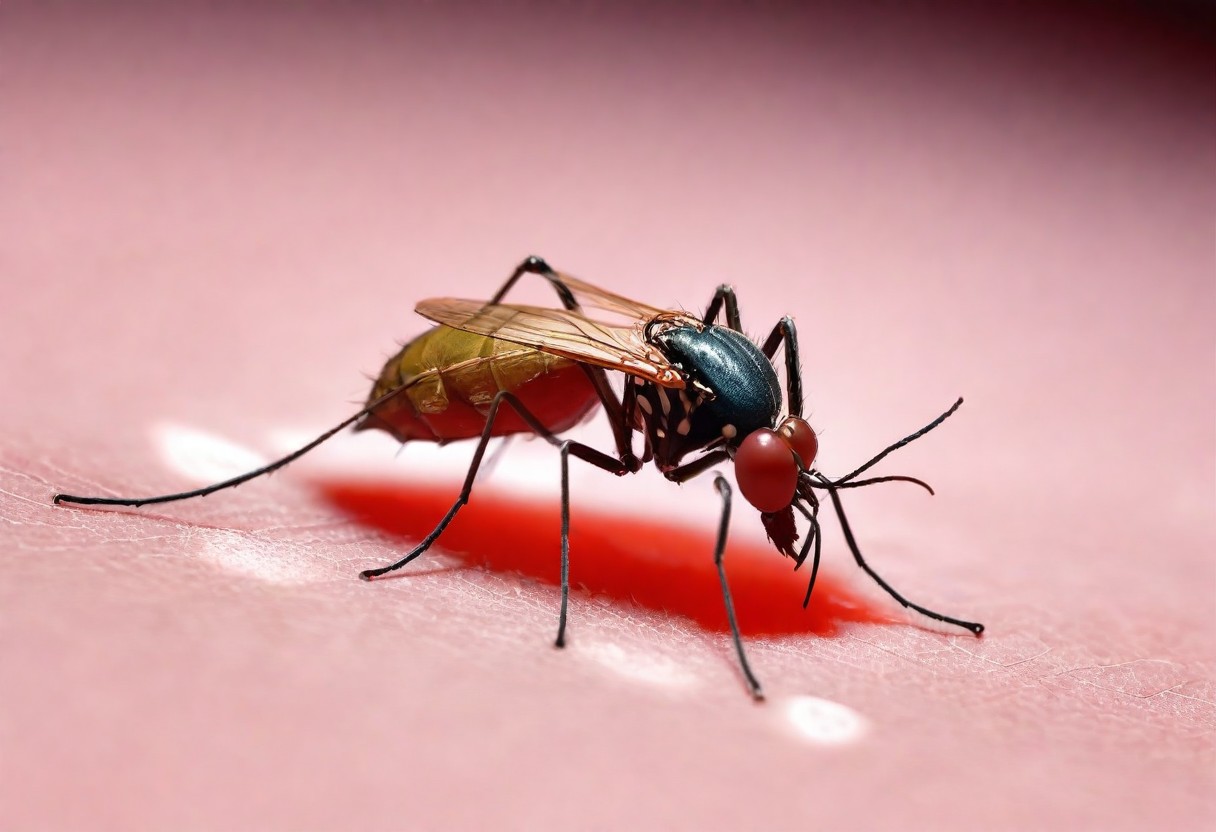
Conclusion
World Malaria Day serves as a reminder of the collective responsibility we share in the fight against malaria. By leveraging the power of innovation, collaboration, and community engagement, we can overcome the remaining hurdles and ultimately achieve a malaria-free world. As we look to the future, let us renew our commitment to ending malaria’s grip on humanity and ensure a healthier, more prosperous future for generations to come.
As we mark another World Malaria Day, let us reaffirm our collective commitment to ending malaria’s reign of terror once and for all. By harnessing the power of innovation, collaboration, and community engagement, we can overcome the remaining obstacles and accelerate progress towards malaria elimination. Together, we can create a future where no one suffers or dies from this preventable and treatable disease, and where every individual has the opportunity to thrive in a malaria-free world.
